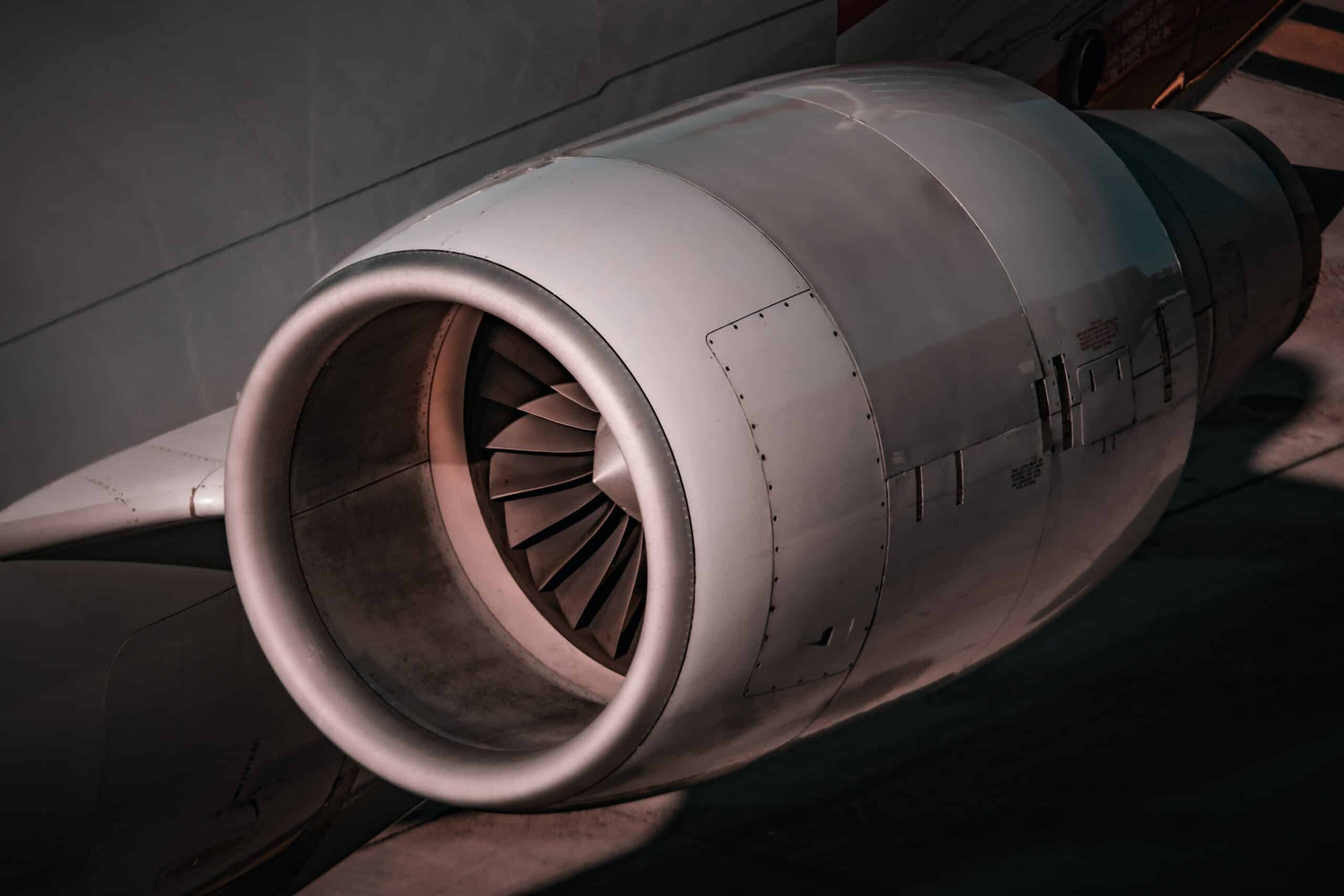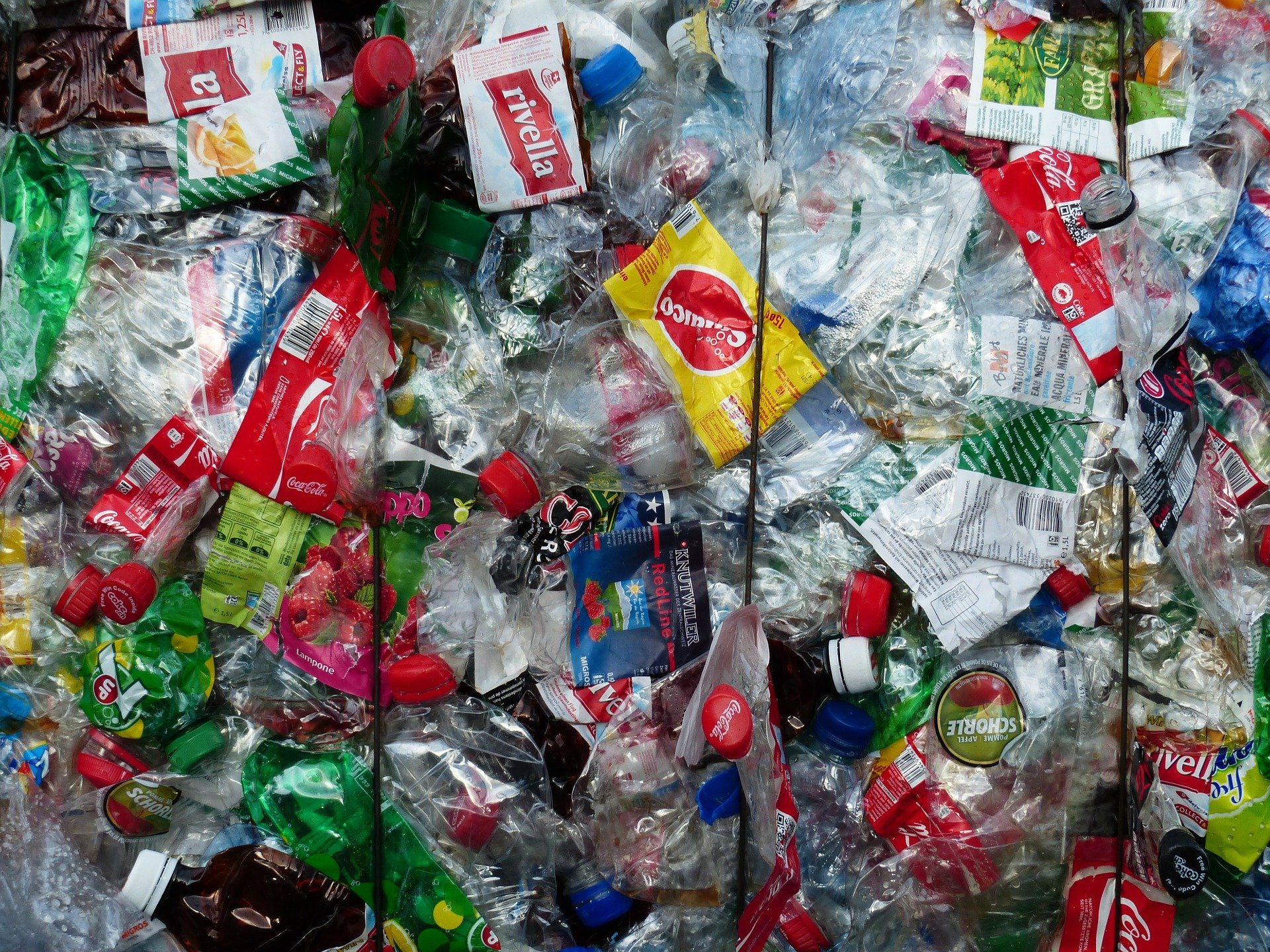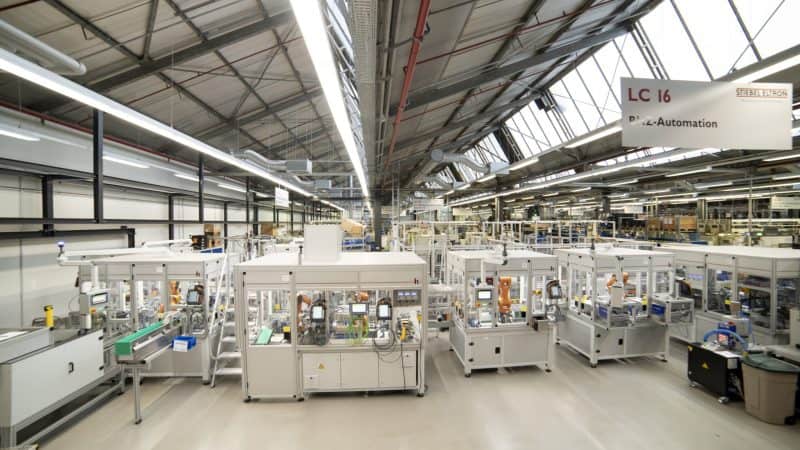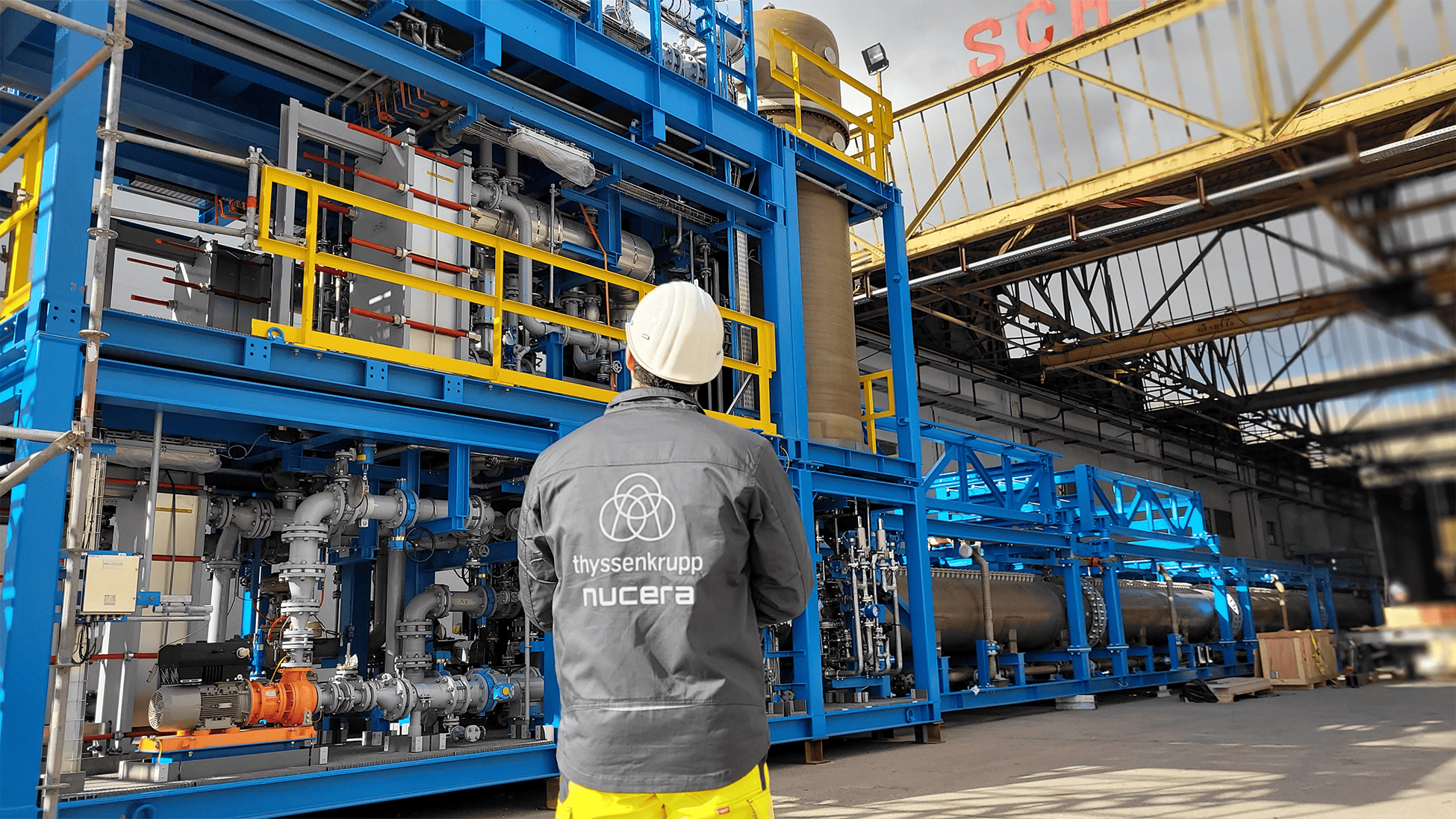
Lund University opened a new lab that makes it possible to conduct full-scale studies on how engines are affected by new, sustainable fuels. The Jet Engine Lab will become increasingly important when fossil-based aviation fuels are phased out and replaced by green alternatives, says the university in a press release.
The lab at LU’s School of Aviation will be used by researchers within the School of Aviation, energy sciences, physics, and chemical engineering. It also has close connections with the companies that produce several of the fuels being tested.
One of the researchers who benefit considerably from the new lab is Elna Heimdal Nilsson. She has studied biofuels for the past 15 years. “The goal is for aircraft to be running on renewable fuel by 2045. To achieve this, increased knowledge about both aircraft engines and fuel composition is required. The Jet Engine Lab enables us to study the interaction between the fuel and the engine in a realistic context and on an authentic scale – something we have not been able to do previously,” she says.

New fuels, old engines
The Jet Engine Lab is located at Ljungbyhed Airport in an engine testing facility that is now equipped with complete aircraft engines to test new fuels. Johan Bergström, who is in charge of the lab, says: “A fuel affects the material of an engine, and if the fuel changes, the engine may also need changes. In the lab, we can test how the engine is affected and what adjustments need to be made.”
Adjusting aircraft engines according to the fuel is essential. An engine is expected to be in service for at least 30 years. Replacing the engines of an entire fleet of aircraft is therefore neither environmentally nor economically sustainable.
Analysis
A new fuel that is developed now can be used at the earliest in ten years. The certification process for aviation fuel takes a particularly long time because there is such a high safety standard. The development of new aviation fuels is also linked to several other challenges that need to be solved in a synchronized way – factors that affect the timing of when we can fly using our new fuels.
“While the fuel’s combustion and emissions are being analyzed, production, storage, and distribution need to be addressed in parallel,” says Nilsson. “We also need an overall picture of how a new fuel interacts with an ecosystem and the climate and how it affects health. There must be a greater understanding that fuel with a small climate impact may perhaps also have an impact on health.”
Selected for you!
Innovation Origins is the European platform for innovation news. In addition to the many reports from our own editors in 15 European countries, we select the most important press releases from reliable sources. This way you can stay up to date on what is happening in the world of innovation. Are you or do you know an organization that should not be missing from our list of selected sources? Then report to our editorial team.






